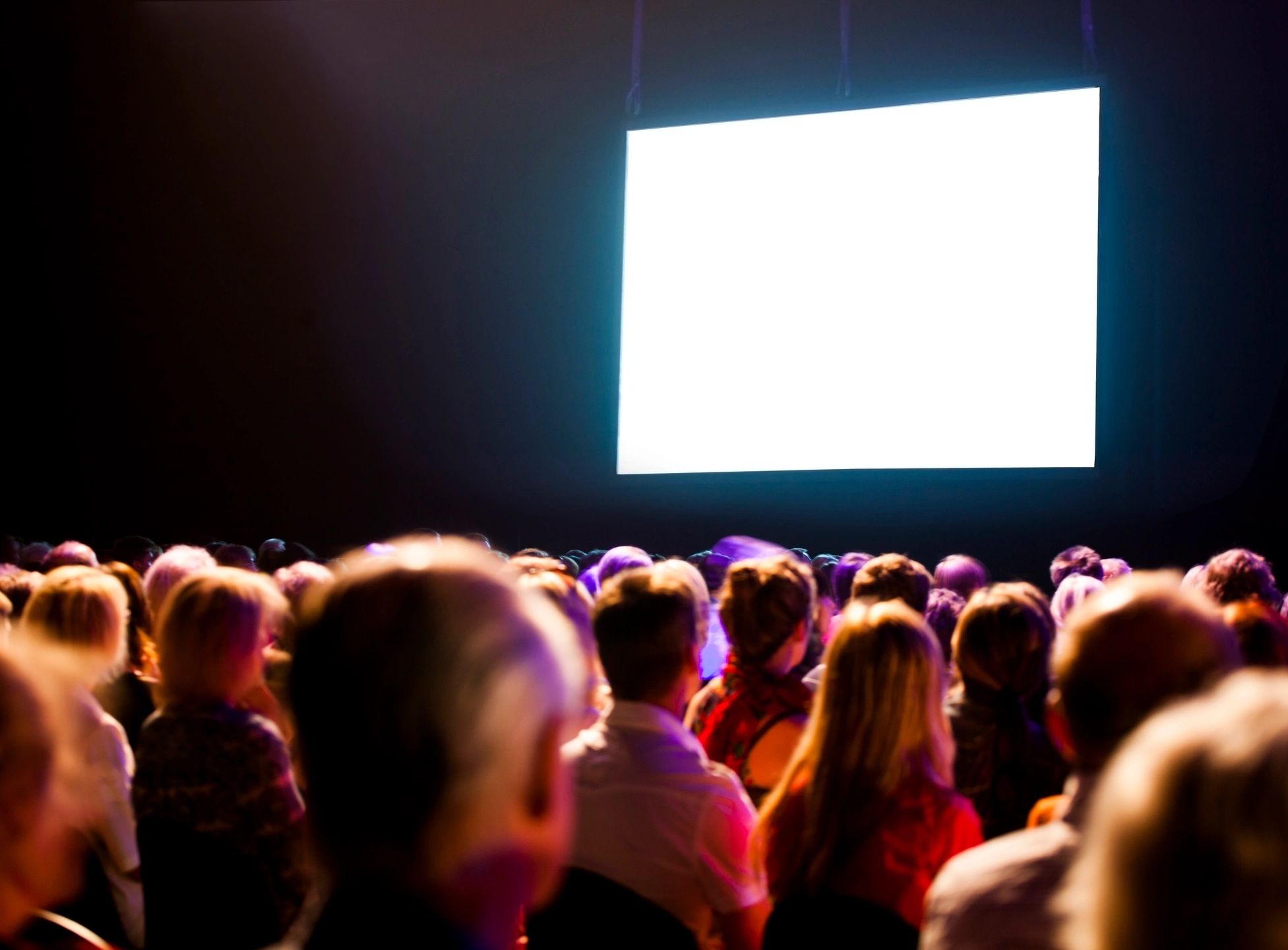By Keeley O’Dougherty
In his 2015 TedTalk, Chris Milk tells the story of his mission to create the ultimate empathy machine. As a well-established filmmaker, Milk was a master at telling stories through videos which all took place on a traditional rectangular screen. He began exploring different ways to tell stories after he began to wonder how he could create more empathy from the viewers watching his work to connect them to the story being told.
His goal was to use modern technologies to tell stories in ways that had never been done before. One of his early projects, The Wilderness Downtown was an interactive music video. The video uses the viewer’s information to personalize the video, making the individual a part of the story. This approach evoked much more emotion from viewers because people were no longer just viewing the story taking place on the screen, they were a part of it.
By putting you into the frame, Milk made the scene taking place feel intensely personal so he began to use this tool to bring awareness to global issues. Milk used virtual reality technology to create his most empathy provoking work yet, which is a project called Clouds Over Sidra. This is a virtual reality video which puts the viewer in a refugee camp in Jordan. In the video, the viewer follows the daily life of 12-year-old Sidra, a refugee living in the camp. If this story had been told on a standard screen, it would still evoke a large amount of emotion, but because the viewer is in the story, accompanying Sidra to school and seeing her life from a first-person perspective, the empathic response is much higher. You are in a 360-degree representation of Sidras world, fully immersing yourself in details, mood and pace of the scene happening around you.
Milk wanted to take this vision a step farther. He had found a way to make the viewer a part of the story but he went on to put the entire person on the rectangular screen, not just bits of their information. He did this through a series of art installations. The Treachery of Sanctuary took the reflections of individuals viewing the installation and expanded on them. For example, if you stood in front of the screen and flapped your arms, you would see your arms turn into wings and if you flapped your wing quickly enough, you began to fly away, eventually leaving the screen.
“VR is a machine,” Milk says, “But through this machine, we become more compassionate, we become more empathetic, and we become more connected, and ultimately we become more human.”
Twitter: @keeley_od
LinkedIn: @Keeley O’Dougherty
Instagram: @keeleyodougherty




It’s nice to see a viewpoint that treats this technology as something useful, creating empathy and identification, rather than isolation.
Hi Keeley,
Thank you for sharing, Clouds of Sidra is really moving. I love thinking about all of the positive aspects of VR, education, evoking empathy, support for those with disabilities, the health sector, etc. However, I always come back to the negative aspects. I feel like a grandma, but it scared me thinking that we want to escape our reality, why don’t work on improving this reality before moving to another?
Best,
Stacia
I completely agree with you that it is scary but I also can’t foresee virtual realities and the concept of using technology to escape our real world situations going away. Instead of spending time wishing we could go back to a time without so much technology, I think it is more productive to look for ways to use it to our advantage and seek out ways that tech can help us understand each other.
Great blog post! It is truly amazing to see all the good that technological advancements are doing. From empathy to health problems, Virtual Reality is truly changing our world. It is making people more knowledgable about whats going on around them and allowing people to connect to those who they otherwise wouldn’t be able to. So awesome.
This idea actually gives me hope for the future! Thanks for sharing!